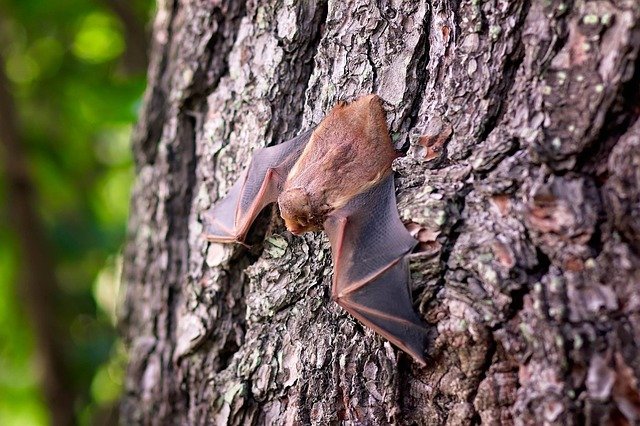
The British government began passing laws to protect bats back in 1980s, starting with the Wildlife and Countryside Act of 1981. British bat species are also protected by European legislation like the Conservation of Habitats and Species Regulations 2010. These laws protect bats and their roosts. These laws made it illegal to intentionally or unintentionally disturb bats where they roost. It is illegal to kill, injure or handle a bat unless it is for clearly humane purposes.
You aren’t allowed to keep bats in captivity or sell parts of a bat. And it is illegal to obstruct, damage or destroy the places bats live. Note that this is true even if they are not in residence. The end result is the need to hire bat survey experts before you buy property, whether it is a rural home in need of renovation or an urban property you want to tear down and replace.
Why are there so many laws protecting bats and their habitat? It is because bats directly and indirectly protect the environment.
Pest Control
All bats eat several thousand insects a night, though the number will vary based on the bat’s size. The smallest pipistrelle bats will still eat two to three thousand flying insects a night. They may eat mosquitoes, moths or flies. Regardless of which species they’re dining on, they’re providing natural pest control. This is why installing bat houses and protecting bat roosts can reduce the need for insecticides.
Pollination
In other parts of the world, bats are key pollinators and seed spreaders. For example, bats in the southwestern United States perform the same pollination role for agave plants that bees do for most British wildflowers. In other places, they eat fruit and spread seeds in the same way many birds do. In the UK, bats don’t play these roles, but their presence can be used as an indicator of the extent and health of their natural habitat. For example, the existence of bats that feed primarily on insects only found in healthy, slow moving rivers proves that the area is doing well.
A Marker of Biodiversity
Fifteen of the sixteen species of British bats are able to make at least some use of buildings for summer roosting. The sixteenth simply cannot, and their survival is dependent on the protection of wild areas. Bats naturally roost in caves and on exposed rock faces. They don’t handle disturbance well, whether it is construction in an area or forced relocation. In extreme circumstances, it can lead to theabandonment of young bats, the death of adult bats or the collapse of the entire colony.
Bats in summer maternity roosts and winter hibernation spots are especially vulnerable. That does mean that you can run into trouble if you try to shoo bats out of your attic under laws meant to protect natural roosting sites. This can only legally be done by a professional and with planning authority permission.
Bat surveys are fairly routine, and they’re done in many places simply to identify where bats are so that work doesn’t disturb them. Environmentalists often perform surveys of protected species on their own in order to gauge the health of the local ecosystem.
What Are the Consequences for Violating These Laws?
A violation of wildlife legislation can result in a fine of up to five thousand pounds and six months in prison. However, that is for each individual animal. This means that you could face several years in prison for intentionally burning a shed where a number of bats were roosting.
You will also get in trouble if you hire a demolition contractor or builder to do work without taking protected wildlife into account. For example, one development company got into trouble because it damaged a resting place for great crested newts. You can avoid these problems by having preliminary site surveys by a trained ecologist, whether or not the planning system says such a survey is necessary given the property’s location.



